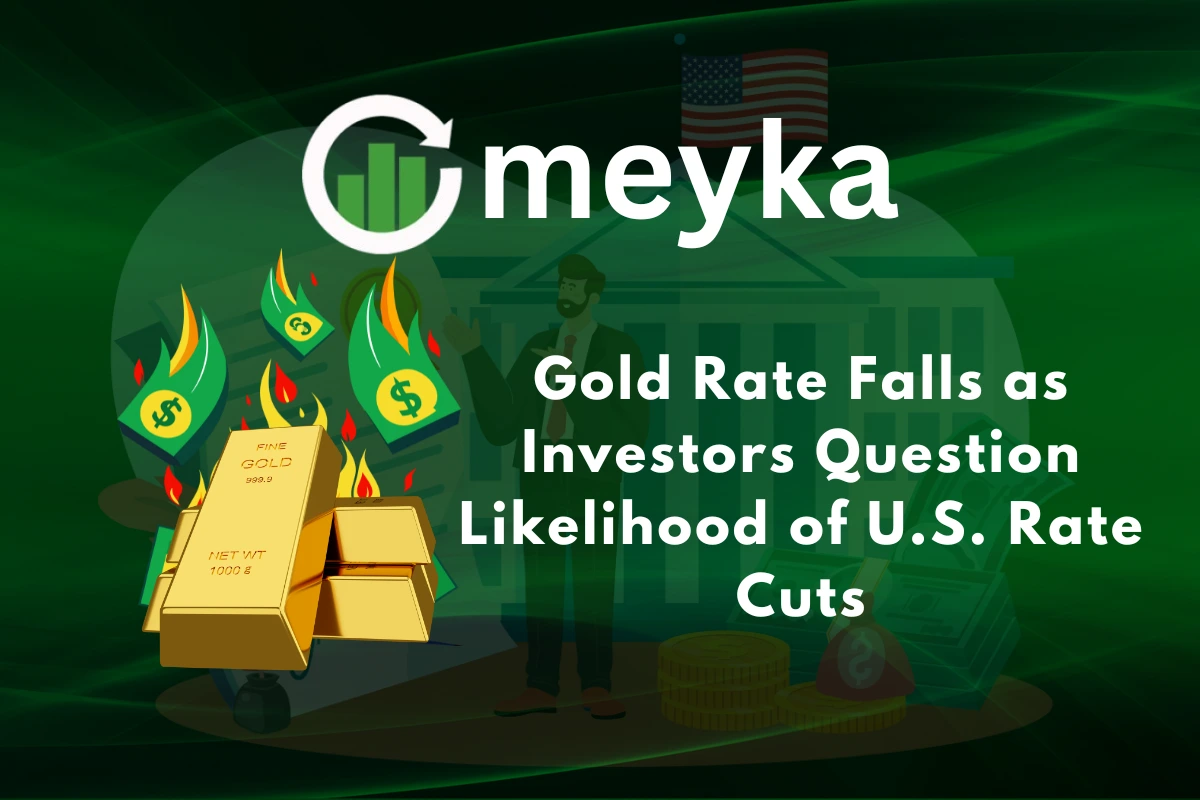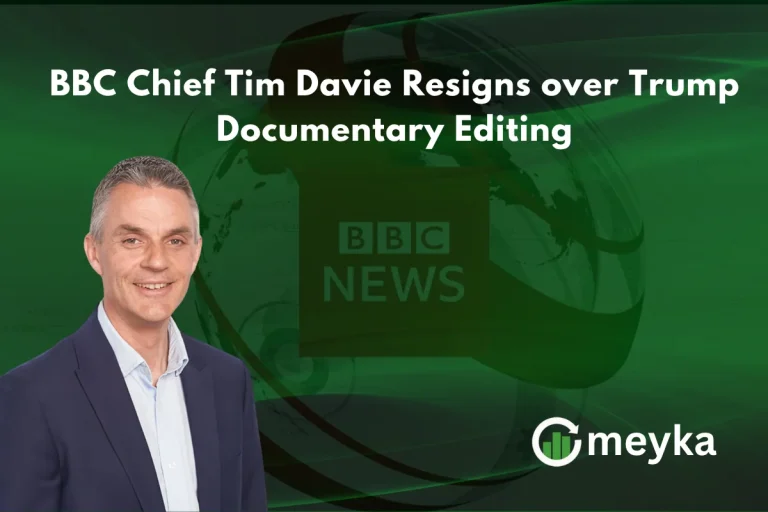Gold Rate Falls as Investors Question Likelihood of U.S. Rate Cuts
Gold rate faced a clear drop on 18 November 2025 as investors grew unsure about future U.S. interest rate cuts. The fall came after new economic data showed that the American economy is still strong. This made many traders think the Federal Reserve may not cut rates anytime soon. When this happens, gold usually loses some shine because higher rates make other investments more attractive.
The market reacted fast. Spot gold slipped in early trading, and futures also moved lower. Many investors began to question whether they had expected rate cuts too soon. The U.S. dollar also stayed firm, which put more pressure on gold.
This shift has created a fresh wave of doubt across global markets. People now want clear signs from the Fed before they make their next move. The drop in gold prices is not just about numbers. It reflects changing beliefs about inflation, growth, and future policy. So, buyers and traders are watching every new update closely.
What Triggered the Fall in Gold Rates?
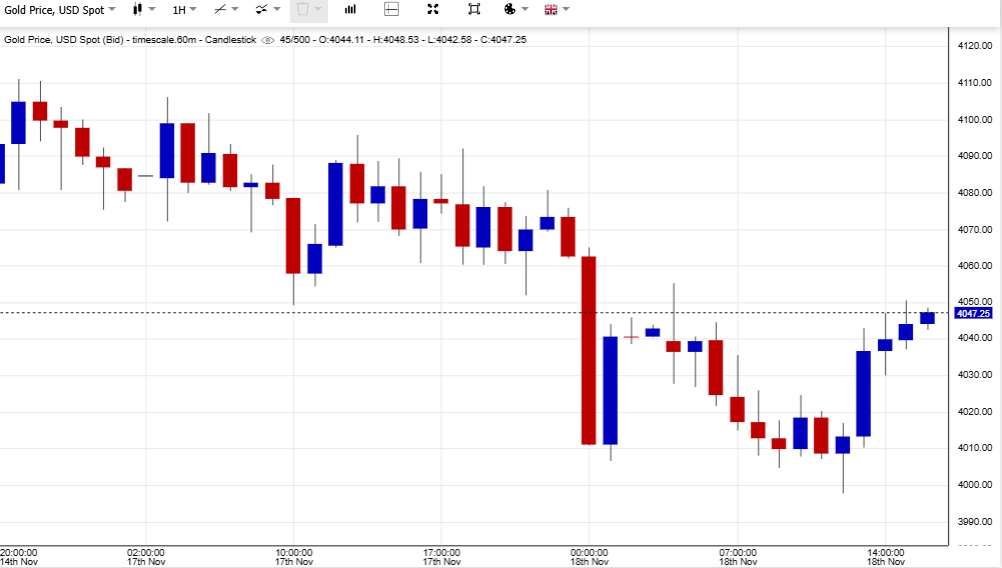
Gold fell after fresh signals that the U.S. may not cut interest rates as soon as markets had hoped. On 18 November 2025, spot gold eased as the dollar gained strength and traders trimmed bets on a December Fed cut. Stronger U.S. data and cautious Fed comments removed some of the certainty that had driven bullion higher in recent weeks. Market positioning also unwound after a rapid rally earlier in November.
How U.S. Rate-Cut Expectations Shape Gold?
Gold has no yield. It competes with bonds and cash that pay interest. When the Fed looks like it will keep rates higher for longer, yields rise. Higher yields raise the cost of holding non-yielding gold. A firmer U.S. dollar also makes gold pricier for foreign buyers. The combined effect was a swift pullback in prices in mid-November 2025.
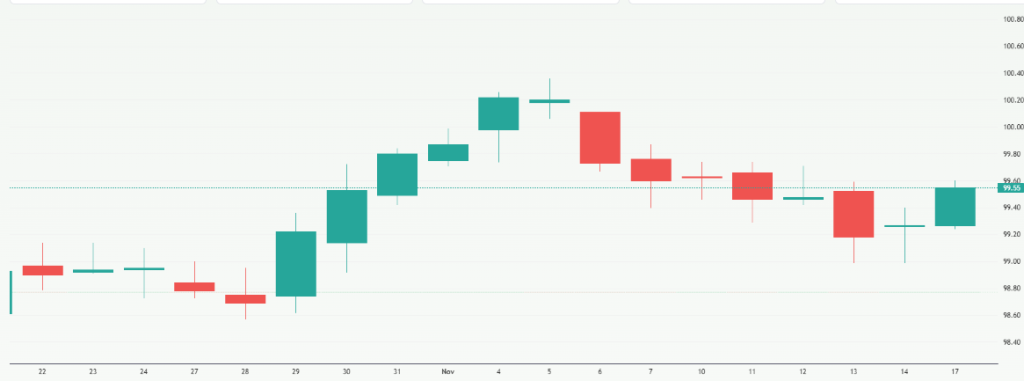
Global Market Reaction and Positioning
Markets reacted across Asia, Europe, and the U.S. Spot contracts and futures both slipped as traders reduced long positions. Exchange-traded funds saw slower inflows compared with peak days. Some commodity desks reported profit-taking after a strong 2025 run. Yet the sell-off did not erase the year-to-date gains that gold posted earlier in the year. Analysts say flows and hedge-fund positions played a key role in accelerating the fall.
Domestic and Regional Effects on Local Gold Rates
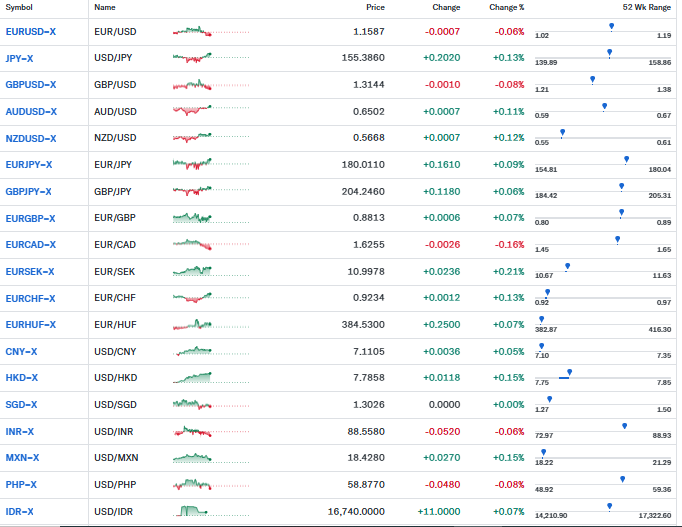
Local markets felt the shock differently. Currency moves amplified price shifts in countries with weaker local currencies. Jewelers in major buying centers adjusted margins. Retail buyers moved to wait-and-see on purchases above certain price points. Central bank purchases in some countries continued, which helped limit deeper falls in physical demand. Traders watching domestic demand flagged that local premiums can widen when global prices swing.
Analysts’ Views and Near-Term Outlook
Commentators are divided. Some see the dip as temporary. They argue that structural forces still support gold. These include geopolitical tensions, large public debt, and renewed central bank buying. Others warn that the rally had priced in too many rate cuts. If the Fed delays cuts further into 2026, gold could slide more. Market watchers will weigh incoming U.S. data, Fed minutes, and policymakers’ speeches for clues.
Scenarios that Could Move Gold Next
If the Fed delays or pauses cuts, expect more pressure on gold. If inflation cools quickly and the Fed signals cuts for early 2026, gold could rebound. Geopolitical shocks or sharp equity falls would likely lift safe-haven demand. Central bank buying and ETF flows remain wildcard factors. The next major U.S. economic releases, including jobs data and inflation readings, will be key triggers. Mark these dates on the calendar when planning trades or purchases.
Investment Choices: Physical Gold, ETFs, or Futures
Physical gold suits long-term savers. It offers insurance but costs storage and insurance fees. ETFs give easy market exposure without vault logistics. Futures enable leverage but carry margin risk and large swings. Short-term traders often prefer futures or ETFs. Long-term investors may prefer bullion or reputable ETF holdings. Some traders use an AI stock research analysis tool to scan data fast and decide entry points. Always match the vehicle to the holding horizon and risk appetite.
Practical Tips for Buyers and Small Investors
Avoid chasing a fast rally. Set clear buy and sell rules. Use limit orders to control entry price. Diversify exposure across instruments if risk tolerance allows. Track Fed commentary and U.S. data releases closely. Keep position sizes small when volatility is high. For physical purchases, compare local premiums and tax treatment. For ETF or futures exposure, review liquidity and expense ratios.
Final Verdict and Short Outlook
The recent pullback shows how sensitive gold is to U.S. policy signals. The market is balancing strong structural demand against shorter-term rate expectations. On 18 November 2025, the fall reflected a move by traders to price in a later Fed easing cycle. Watch incoming U.S. data and Fed communications for the next clear directional cue. Short-term volatility is likely. Long-term demand drivers remain intact, but timing matters for returns.
Frequently Asked Questions (FAQs)
Gold fell on 18 November 2025 because strong U.S. data reduced hopes for early rate cuts. The dollar also stayed firm, making gold less attractive for many investors that day.
Gold often rises when U.S. rates fall because lower rates reduce returns on other assets. When rate cuts look unlikely, gold loses support, and prices may drop for a short time.
Gold may recover if the Federal Reserve signals future rate cuts or if economic risks increase. Prices can stay under pressure if the U.S. economy remains strong during late 2025.
Disclaimer: The content shared by Meyka AI PTY LTD is solely for research and informational purposes. Meyka is not a financial advisory service, and the information provided should not be considered investment or trading advice.
